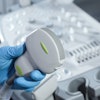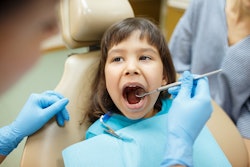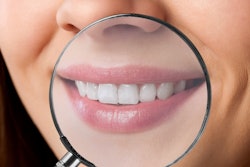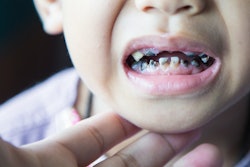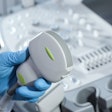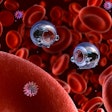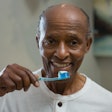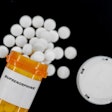
Collaborating researchers from the University of Pennsylvania and the University of North Carolina are highlighting the discovery of a bacterial species that they reported plays a major part in causing tooth decay.
In a recent study published in Nature, the team described the bacteria, Selenomonas sputigena, and how it partners with the commonly known Selenomonas mutans to create tooth cavities. S. mutans and other acid-making bacteria lead to caries.
The build-up of these bacteria is caused by insufficient removal by brushing and other oral care methods. Previous research has identified other bacterial species that reside below the gum in cases of gum disease. However, the researchers in this latest study found that S. sputigena also has a role in creating cavities.
The team examined plaque samples from the teeth of 300 children ages 3 to 5. Half of the children had caries. The researchers used tests such as bacterial gene activity sequencing, biological pathway analysis, and microscopic imaging. They then validated their findings on a set of 116 plaque samples from children in the same age range.
The team found that while S. sputigena by itself does not cause caries, it works with S. mutans to enhance the caries process. This occurs when S. mutans “traps” S. sputigena within glucans, sticky constructions in plaque that are made of sugar. From there, S. sputigena uses its own cells to make honeycomb-shaped structures that protect S. mutans. This leads to an increased, concentrated production of acid.
The researchers will study in more detail how this bacterium ends up in the aerobic environment of the tooth surface.
